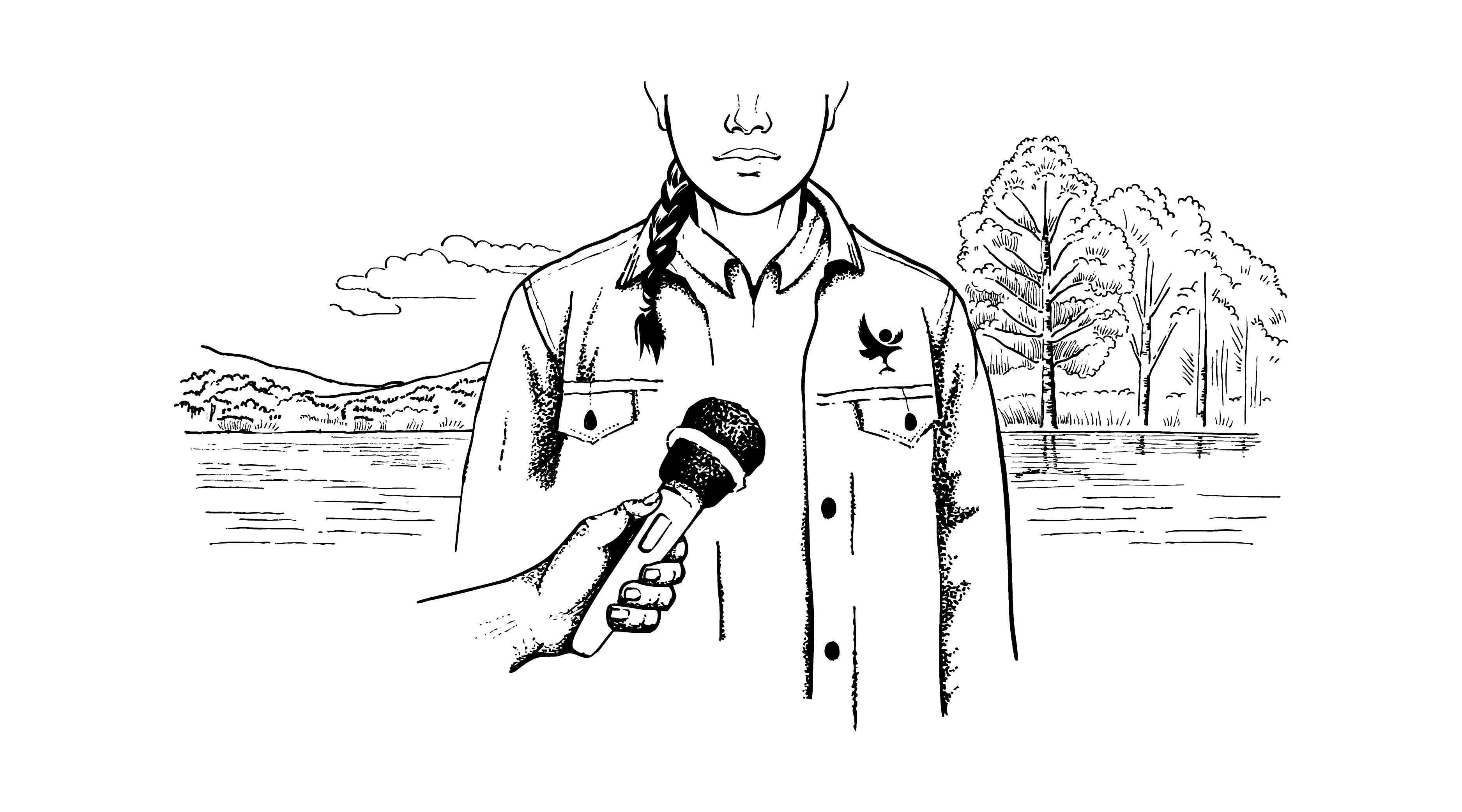Cairngorms Wildlife Managers learn secret of Norway’s success

Cairngorms Wildlife Managers learn secret of Norway’s success
WILDLIFE and fishery managers from the Cairngorms National Park have visited Norway to learn how their European counterparts deal with wildlife management.
The six gamekeepers from estates around the Park and representatives from the Cairngorms National Park Authority (CNPA), which organised the trip, the Royal Society for the Protection of Birds, Forestry Commission Scotland and Dee Salmon Fishery Board, visited Hedmark County for eight days earlier this month. The trip was funded by the EU Nature Exchange programme.
Scotland and Norway have some similar wildlife management issues and it was felt the educational trip would allow the Cairngorms group to learn about alternative approaches in this area. There were also strong links to two of the Priorities for Action for 2007-2012 in the Cairngorms National Park Plan, which sets out the Park’s short and long term future – integrating public support for land management and supporting sustainable deer management.
The group visited a number of different sites to study a variety of issues including deer, beaver and forest management and integrated land management
Beaver re-introduction is back on the Scottish agenda following their inclusion on the Scottish Natural Heritage (SNH) Species Framework. The visitors were given the opportunity to see the species in their natural habitat as well as the landscape impacts they can create. It also provided them with new insights and understanding of beavers, their management and habitats, which they will now be able to share in the debate in Scotland about re-introduction and possible locations. The group felt that if there is re-introduction in Scotland, a similar management approach to Norway needs to be adopted.
Norway has also developed a successful integrated land management system with foresters, hunters and scientists working closely alongside one another to deliver sustainable land use. Norway enjoys high timber prices; satisfactory moose numbers and moose meat sells for ten times the price of Scottish venison. Norway forests also largely regenerate without fencing and although browsing damage does occur, the enormous number of seedlings produced, often aided by ground scarification, means damage to some seedlings can be tolerated. Its forest regeneration has several advantages over Scotland: a far larger seed source, less deep peat, protection of seedlings by snow, a willingness to intervene and prepare seed beds and lower deer numbers.
Another area where the group felt Scotland could learn from Norway’s is in increasing the public’s understanding of land management. The visitors were impressed not only with how the Norwegians connect to and are involved with the landscape, but also their knowledge of land management.
Colin McClean, the CNPA’s integrated land management officer for deer and upland, said: “From a CNPA point of view the trip demonstrated the value of people, from often opposing organisations, discussing issues in passionate but good natured terms.
“Much could be learned from this approach eg in the raptor persecution debate, where criminal activity by a minority, leads to unjust accusations against the whole shooting community by others, which in turn deepens hostility, mis-trust and division.
“If the trip achieved one objective it was in the development of good relations both with our hosts and within the group. It brought together a cross section of bodies and people from the land and wildlife management sectors and it will be good to see those good relations widen.
“It was also very encouraging to see Norway’s good practice in action. The standard of land management was impressively high.”
The trip was also enjoyed by the gamekeepers.
Peter Ferguson, Head Stalker at Rothiemurchus Estate, Strathspey, said: “It was good to see hunters, foresters and scientists appear to be working to one common goal.”
Derek Calder, Head keeper at Edinglassie Estate, Strathdon, said: “I was very impressed with the forest and wildlife management in general, particularly the way silviculture, conservation and hunting sit side by side apparently seam free.”
Latest from the National Park
Update on wildfire situation
Convener Sandy Bremner and Chief Executive Grant Moir have given an update on the ongoing wildfire situation.
Statement on wildfires
An update from Grant Moir, Chief Executive of the Cairngorms National Park Authority, on the ongoing wildfires in Moray and Highland.
New Nethy houses get green light
Meeting in Ballater, the Planning Committee approved applications for a development of 35 houses in Nethy Bridge and a floodplain restoration scheme on the River Dee.




